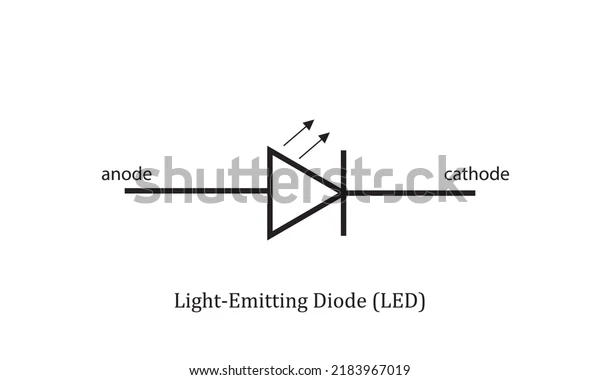LED full form is Light Emitting Diode. Due to their energy-efficient nature, LED lights have gained immense popularity. This revolutionary item is now widely used in different electronic gadgets including watches, calculators, electronic test equipment, televisions, and monitors, to name a few. Most people know that LED lights are energy-efficient lights. But do you know there is a lot more to know about these lights? Continue reading to find more interesting information on LED lights, their usage, benefits, and more.
The full form of LED is Light Emitting Diode, which is a semiconductor source of light. These are popular not just because of their energy-efficient nature but also because they reduce the negative impact of incandescent light bulbs. Smartphone backlights, LED displays, home lighting, and automatic lighting are some of the common examples of LED.

For most people, LEDs are the latest invention found in the 21st century. You will be shocked to know that in reality LED was first created in 1927 and since then it has been developing. As per some sources, Russian inventor Oleg Lesev created the first LED in 1927. The first high-brightness blue LED lights were created by Akaski and Amanos in 1993 and quickly developed the white LEDs. The popularity of LEDs grew further and these became a common part of the school, office, and hospital lighting in 2008. Today, LEDs have completely replaced halogen and fluorescent bulbs as the main source of lighting.
Like any other bulb, LEDs are also designed with a glass lens around it. The glass lens helps in equal distribution of light in a limited angular range. The PN-junction in these lights is formed by using semiconductor chips doped with impurities. To make the contact, the conductive adhesive is used on the side of the cathode and gold wire on the anode side to lead the frame.
LEDs are designed by using different semiconductor materials. The main materials used to design LEDs include:
Based on the uses, different types of LEDs are designed which vary in size, shape, design and power. Here are some common types of LEDs:
Not just in the commercial sector, LED lights today have become an integral part of the daily life of people. There are various applications of LED lights like home lighting, LED display, TV backlight, automotive lighting etc. Some of the important uses of LED lights are:
LEDs for TV Backlighting
One of the major power consuming sources in a television is its backlight. This power-consumption is reduced by using LEDs. These have successfully replaced CFLs and LCDs.
LEDs for Dimming of Lights
LEDs are used for dimming of lights to reduce the heavy loads on circuits. This helps in maintaining the brightness of lights without additional energy costs.
LEDs in Smartphone Backlighting
Be it boosting the design of the extra-slim smartphones or reducing the cost, LEDs serve various purposes when used as an option for mobile phone backlighting. These also help in enhancing the battery life of the smartphones by consuming low voltage.
LEDs in Displays
One of the most common uses of LEDs is in displays. From the road signs to billboards and storage signs, LED lights are used for every display because these consume low energy and give better visibility of the designs.
There are numerous benefits and advantages of LED lights. But at the same time, these also have some flaws, which are:
The full form of LED is light emitting diode.
Yes, an LED product generates light up to 90% more efficiently compared to incandescent light bulbs.
LED products work on the principle of Electroluminescence.
LED was invented by an electric scientist Nick Holonyak Jr. The first LED light came out in 1962.